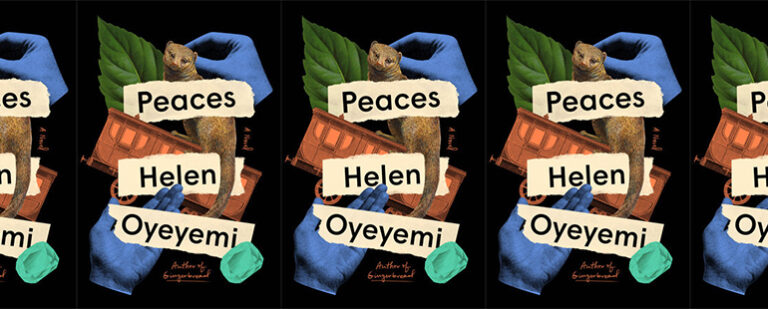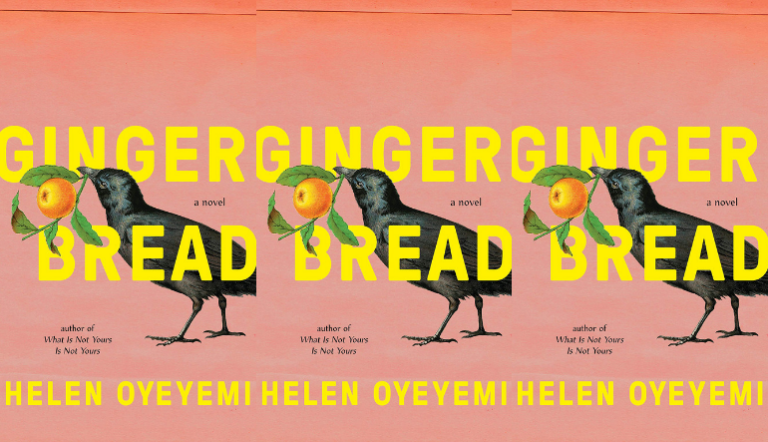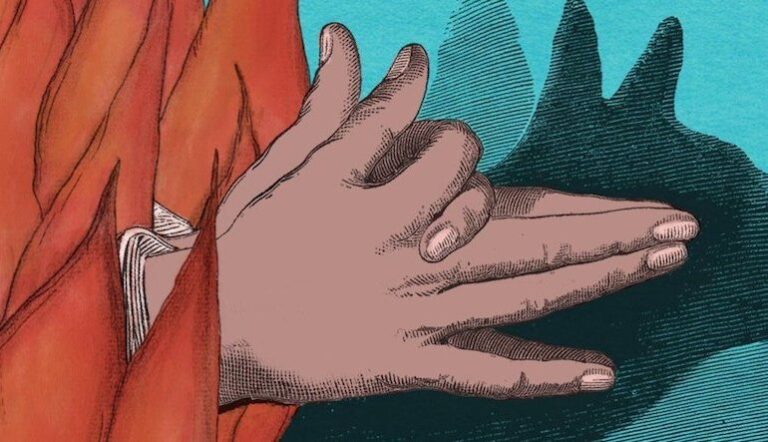The Art of Ambiguity
In Helen Oyeyemi’s new novel, time’s tricky manifestations in the material world point toward ambiguity itself as a poetics of unknowing and unseeing.
Please note that shipping will be slower than usual for orders placed between Dec. 24-Jan. 15! Thank you for your patience.

In Helen Oyeyemi’s new novel, time’s tricky manifestations in the material world point toward ambiguity itself as a poetics of unknowing and unseeing.

Mutable logic flows through every aspect of Oyeyemi’s new novel—plot, character, and space—revealing the flexibility of structures and worldviews that we normally see as rigid and immovable.

By utilizing various forms of “effluvia” in their work, Amelia Gray, Alexandra Kleeman, and Helen Oyeyemi give us greater insight into the human condition. They show us why shit matters.

In core childhood narratives, elements of magic constantly compromise the bodily autonomy of women, from the prick of your finger on an enchanted spinning wheel to the loss of your voice in exchange for legs. I approached What Is Not Yours Is Not Yours with this narrative baggage in mind.

As a reader, I’m a sentence-collector: for their sound, and also for the fascination of inspecting one small, discrete piece of something and seeing what it has to say about the whole.

My reading list of late includes a lot of folk and fairy tales, reappropriated and retold: Helen Oyeyemi’s Boy, Snow, Bird, Maxine Hong Kingston’s The Warrior Woman, Terry Pratchett’s Discworld series. Call it my not-so-secret fondness for narratives that deconstruct and rewrite their source material.

Sometimes memoirists can feel as if we have very few choices about our stories. Bound by truth and memory, we can often conclude there’s not much room for our creative selves to have a say. But here’s a secret—we don’t have to pin down a narrative in the order that events occurred. We can switch…
No products in the cart.